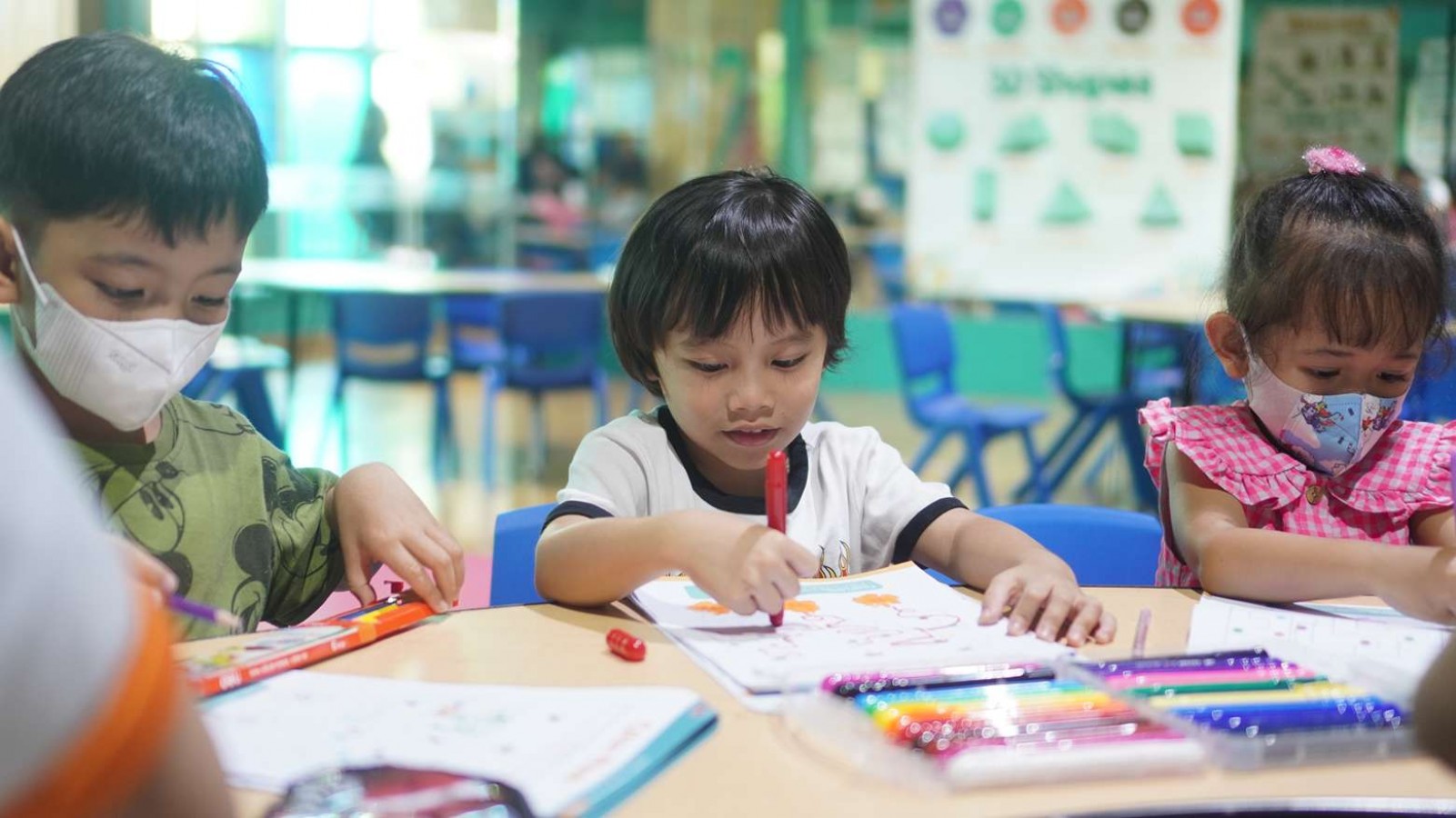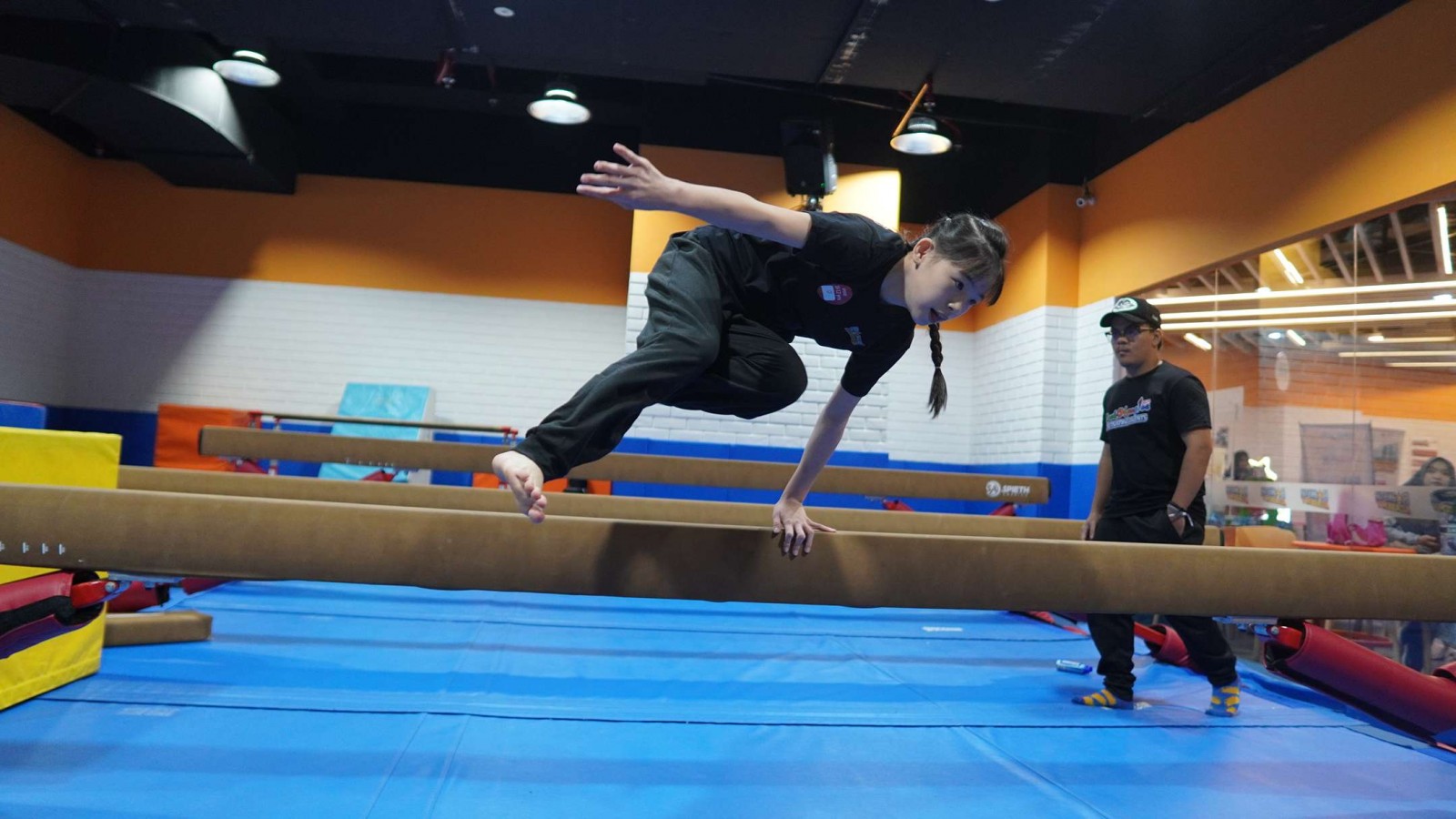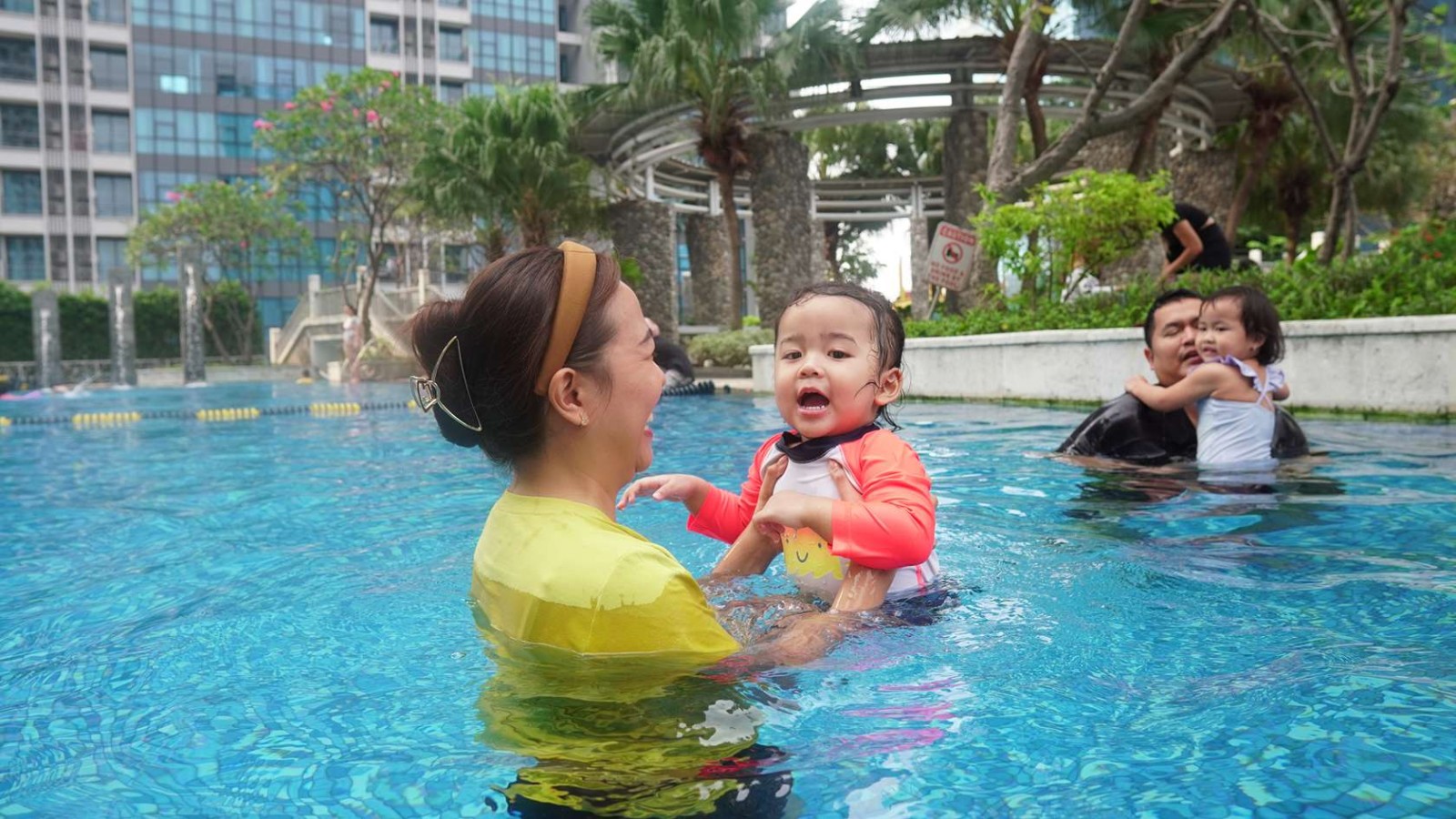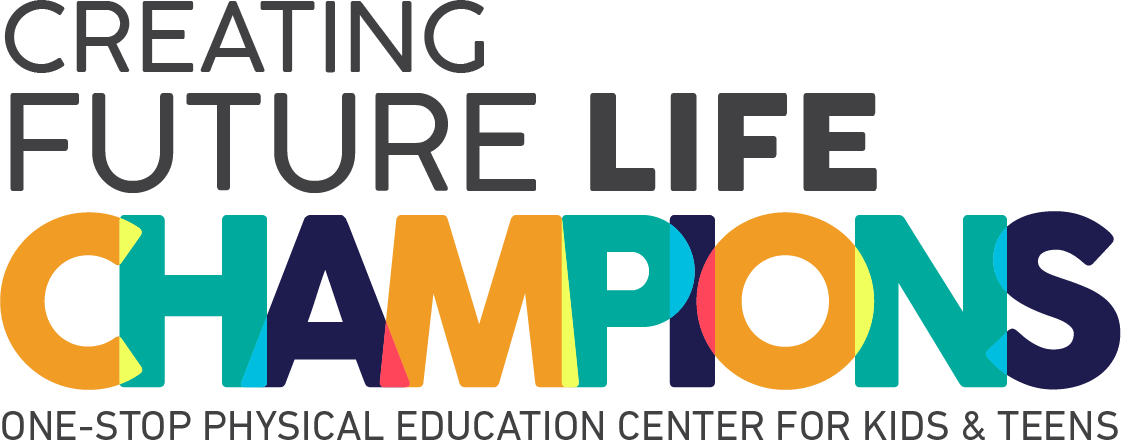Why Learning About Colors is Important for Kids: A Guide for Parents

Colors are everywhere in our world, from the bright blue sky to the vibrant green trees. Learning about colors is not just a fun activity for kids but an essential part of their development.
Understanding colors helps children in many ways, from improving their cognitive abilities to enhancing their creativity. This guide will walk you through why learning about colors is important, how children can learn about them, and some creative ideas for teaching colors.
Understanding Colors: Categories and Examples
Colors can be categorized into three main groups: primary, secondary, and tertiary. Here’s a quick rundown of each:
1. Primary Colors
Primary colors are the building blocks of all other colors. They cannot be created by mixing other colors together. The primary colors are:
- Red
- Blue
- Yellow
2. Secondary Colors
Secondary colors are created by mixing two primary colors. These are:
- Green (Blue + Yellow)
- Orange (Red + Yellow)
- Purple (Red + Blue)
3. Tertiary Colors
Tertiary colors are made by mixing a primary color with a secondary color. These include:
- Red-Orange (Red + Orange)
- Yellow-Orange (Yellow + Orange)
- Yellow-Green (Yellow + Green)
- Blue-Green (Blue + Green)
- Blue-Purple (Blue + Purple)
- Red-Purple (Red + Purple)
4. Other Colors
Besides these basic categories, there are countless other colors, including various shades and tints. For example:
- Pink (a lighter tint of red)
- Brown (a mixture of red, yellow, and blue)
- Gray (a neutral color created by mixing black and white)
Why It’s Good for Children to Learn About Colors
Learning about colors might seem like a simple thing, but it has a big impact on a child’s development. Let’s dive into why this colorful skill is so important for kids and how it helps them grow.
A. Boosts Cognitive Skills
Imagine colors as building blocks for a child's brain. Just like you use blocks to build a tower, recognizing and understanding colors helps children build their thinking skills.
When kids learn to identify colors, they practice categorizing and sorting, which strengthens their ability to make sense of the world.
When a child sorts red, blue, and yellow blocks, they are practicing organizing and categorizing which is crucial for children’s cognitive development.
B. Enhances Language Development
Colors are one of the first descriptive words kids learn. Instead of saying "the thing over there," children can say "the red ball" or "the blue shirt." This not only helps them describe things more clearly but also expands their vocabulary.
When children learn color names, they start to understand and use adjectives, which are crucial for effective communication.
C. Improves Visual Discrimination
Visual discrimination is the ability to notice differences and similarities between objects. Understanding colors helps children distinguish between various shapes, letters, and patterns. This skill is essential for learning to read and write.
For example, recognizing the difference between the color of a letter and its background helps kids read more efficiently. If a child can easily spot a red “A” on a white page, it improves their reading and writing skills.
D. Fosters Creativity and Self-Expression
Colors play a huge role in art and creativity. When children learn about colors, they get to experiment and express themselves in new ways. Whether it’s mixing paints to create new shades or choosing colors for a drawing, kids explore their imagination and creativity.
E. Aids Emotional and Social Development
Colors aren’t just about what we see but it also affects how we feel. Learning about colors helps children understand and express their emotions. For instance, bright colors like yellow and orange can be energizing and happy, while cool colors like blue and green can be calming.
By associating colors with feelings, children can better communicate their own emotions and understand others' feelings. For example, if a child feels happy and uses bright colors in their artwork, they are expressing their joy through color.
F. Encourages Observation Skills
Learning about colors encourages children to pay attention to the world around them. When kids start identifying and naming colors, they become more observant of their environment.
5 Fun Ideas for Learning Colors with Kids
Learning colors can be a blast when you turn it into a game or an adventure! Here are five fun and engaging ways to help kids discover and enjoy the colorful world around them:
1. Color Sorting Extravaganza
Think of color sorting like a treasure hunt for colors! Gather a bunch of colorful objects like blocks, balls, or buttons, and make it a game to sort them into different color piles.
For example, create three baskets labeled “Red,” “Blue,” and “Yellow,” and ask your child to put each object in the right basket. This activity helps kids recognize and categorize colors while having a blast. To make it even more exciting, set a timer and see how fast they can sort everything!
2. Rainbow Scavenger Hunt
Who doesn’t love a good scavenger hunt? Turn color learning into a fun adventure by creating a rainbow scavenger hunt. Write down the colors of the rainbow – red, orange, yellow, green, blue, indigo, and violet – and go on a hunt around your house or yard to find objects of each color.
In instance, you can find a red apple, an orange crayon, or a green toy. Each time your child finds a color, they can mark it off their list. This game makes learning colors interactive and gives kids a sense of achievement as they discover colorful treasures.
3. Colorful Art Projects
Unleash your child’s inner artist with colorful art projects! Set up a mini art station with paints, crayons, markers, and colored paper. Let your child experiment with mixing colors to create new shades and designs.
For instance, they can blend red and yellow to make orange, or use various colors to paint a rainbow. Art projects are a fantastic way for kids to explore colors creatively while developing fine motor skills and self-expression. Plus, you’ll get some beautiful artwork to display!
4. Colorful Snacks and Meals
Turn mealtime into a colorful learning experience! Prepare a variety of colorful fruits and vegetables and let your child explore the colors on their plate. You might offer strawberries (red), carrots (orange), corn (yellow), broccoli (green), blueberries (blue), and eggplant (purple).
Talk about each color as you eat and even make up fun names for the colorful snacks. For example, call your broccoli “green trees” or your blueberries “blueberry jewels.” This approach not only teaches colors but also encourages healthy eating habits.
5. Colorful Stories and Songs
Stories and songs are powerful tools for learning. Find or create stories and songs that focus on colors. For example, you could read a story about a rainbow or sing a colorful song that mentions different colors and their objects.
You can even make up your own songs and rhymes about colors! For instance, a song about a red fire truck or a blue balloon can make learning about colors memorable and fun. Engage your child by asking them to sing along or act out parts of the story with colored props.
Learning Colors for Kids is Actually Really Crucial!
Learning about colors is not just fun but it’s super important for your child’s growth! If you're on the hunt for a preschool where your little one can dive into exciting activities, Rockstar Academy is the place to be.
At our Preschool and Kindergarten programs, kids get to explore a world of colors while enjoying physical activities, events, and competitions designed just for their age and interests.
These experiences are fantastic for helping them learn, make friends, and build confidence. With our amazing teachers guiding the way, your child will grow academically, socially, and emotionally.
Plus, we offer a free trial class so you can check us out before diving in. Reach out to Rockstar Academy today – let’s make learning and growing a colorful adventure for your child!
FAQ
At what age should children start learning about colors?
Children can start learning about colors as early as 18 months. At this age, they may begin to recognize and name simple colors. By age 2 to 3, most children can identify and name basic colors.
How can I make learning colors fun for my child?
Making learning fun can involve using interactive activities like color hunts, art projects, and colorful games. Incorporate colors into daily routines and use engaging materials to capture your child's interest.
What if my child has difficulty distinguishing between colors?
Some children may take longer to distinguish between colors. Patience and consistent practice are key. Using contrasting colors and providing plenty of opportunities to explore colors through play and everyday activities can help.
Are there any educational resources that focus on colors?
Yes, there are many educational resources available, including books, apps, and online games designed to teach children about colors. Look for materials that are age-appropriate and engaging.



